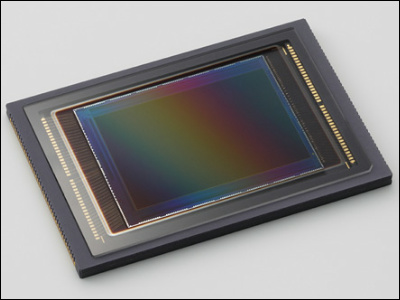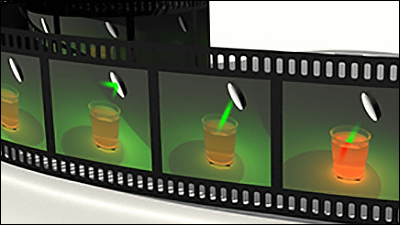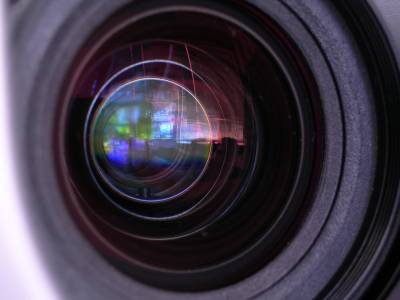A 400,000-pixel photon counting sensor will be developed that accurately detects photons and enables shooting such as ``photos with no noise even in the dark'', ``picosecond class super slow images'', ``real-time brain scans'', etc.

The development of a technology called 'photon counting' that can realize 'shooting in ultra-low illumination' and 'picosecond class slow motion shooting' by accurately counting photons entering the pixels in the sensor is progressing. increase. A new research team at the National Institute of Standards and Technology (NIST) has announced that it has successfully developed a 400,000-pixel photon counting sensor using superconducting nanowires.
A superconducting-nanowire single-photon camera with 400,000 pixels

At Last, Single-Photon Cameras Could Peer Into Your Brain - IEEE Spectrum
https://spectrum.ieee.org/single-photon-camera
Conventional CMOS sensors and other sensors for digital cameras may not be able to detect photons correctly due to the effects of noise, resulting in problems such as 'pictures appear noisy.' Photon-counting sensors, which are being researched all over the world, are capable of 'shooting clear pictures without noise even in ultra-low illumination', 'shooting picosecond-class slow motion pictures', and 'shooting clear pictures with no noise' by accurately detecting photons in some way. By detecting light that is not visible light, it is expected that it will be possible to realize imaging that is impossible with existing sensors, such as real-time observation of organs such as the brain.
A research team at NIST is working on the development of photon counting sensors using superconducting nanowires. Superconducting nanowires have the feature that ``conductivity disappears when photons collide'', and by incorporating superconducting nanowires into each pixel of the sensor, ``which pixel the photon hit'' can be detected accurately. .
Photon-counting sensors using superconducting nanowires have been developed in the past, but it has been difficult to maintain the ultra-low temperature to maintain superconductivity, making it difficult to increase the number of pixels. bottom. The research team was inspired by the 'shared bus' mechanism in which multiple devices share one bus, and developed a method to read information from pixels arranged in a row at once. As a result, we succeeded in packing more pixels into the sensor, 400,000 pixels.

Photon counting sensors are expected to be useful for 'shooting with zero noise' and 'shooting super slow motion images', and in the medical field such as 'real-time brain scanning' by capturing infrared rays reflected inside the body. is also expected to play an active role.
Photon counting sensors using techniques other than superconducting nanowires are also progressing around the world. We are working on development. Canon announced in April 2023 that it had developed a 3.2-megapixel SPAD image sensor, and plans to release the camera 'MS-500' equipped with this sensor in 2023.
Developed the world's first interchangeable-lens ultra-high-sensitivity camera equipped with a SPAD sensor Contributing to advanced surveillance with color photography that captures subjects clearly even in the dark several kilometers away | Canon Global
https://global.canon/ja/news/2023/20230403.html

Related Posts:







